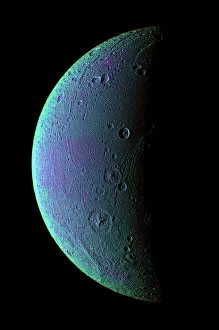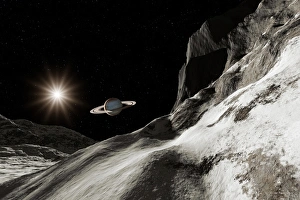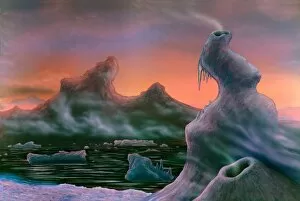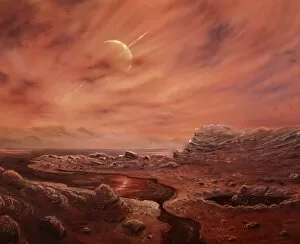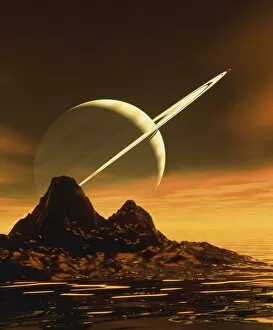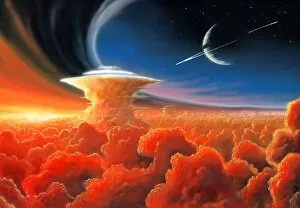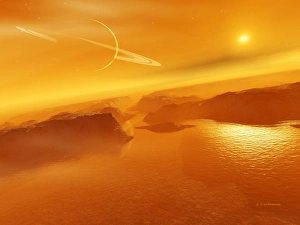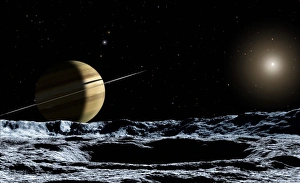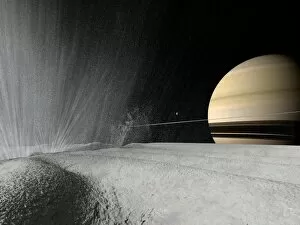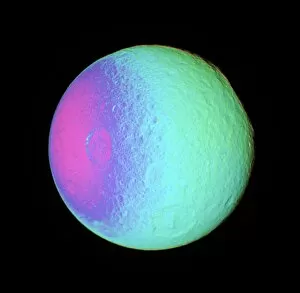Saturnian Moon Collection
"Exploring the Enigmatic Saturnian Moons: A Journey through Cassini's Lens" Saturn, the majestic ringed planet
All Professionally Made to Order for Quick Shipping
"Exploring the Enigmatic Saturnian Moons: A Journey through Cassini's Lens" Saturn, the majestic ringed planet, is not only a captivating sight from our vantage point on Earth but also a gateway to an extraordinary world of moons. Among these celestial companions, Dione stands out as one of Saturn's most intriguing satellites. Captured by the lens of NASA's Cassini spacecraft, an image reveals Dione in all its icy splendor. As we venture further into this cosmic realm, another breathtaking view emerges – Saturn seen from Iapetus. This distant moon offers a unique perspective on its colossal host planet and showcases the grandeur of Saturn's rings against the backdrop of space. But it is Titan that truly captivates us with its enigmatic allure. Computer artwork transports us to this mysterious moon where we witness stunning vistas – Titans surface stretching far beyond what meets the eye. From Titans very own vantage point, we gaze upon Saturn itself, dwarfing everything around it. The surface of Titan presents a landscape unlike any other in our solar system. Ice towers pierce through hazy skies while vast plains stretch endlessly before us. Artists' impressions allow us to envision what it would be like to set foot on this alien terrain – a place both familiar and yet utterly foreign. Returning once more to Titans surface, computer artwork paints a vivid picture where reality merges with imagination. The intricate details reveal an awe-inspiring tapestry woven by nature itself - combining elements of ice and rock into something truly mesmerizing. And let us not forget Iapetus; another enigma among Saturn's moons. Its stark contrast between light and dark regions leaves scientists puzzled even today as they strive for answers about its peculiar appearance. In our quest for knowledge about these saturnian moons, each image captured by Cassini becomes a piece in an ever-expanding puzzle that unravels their secrets little by little.

